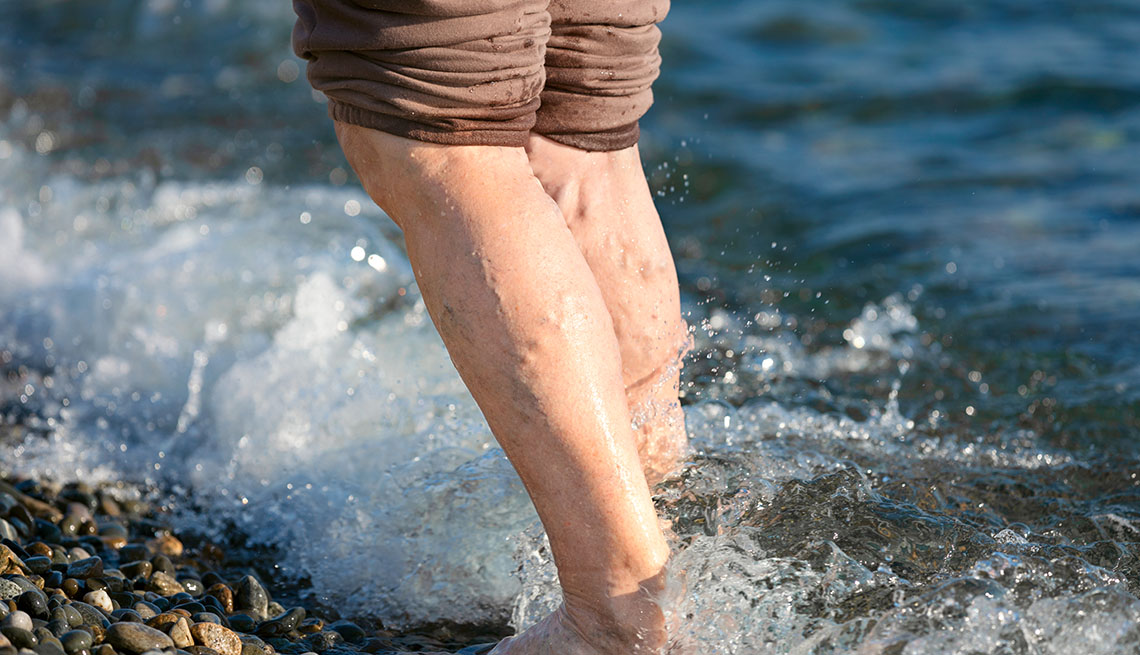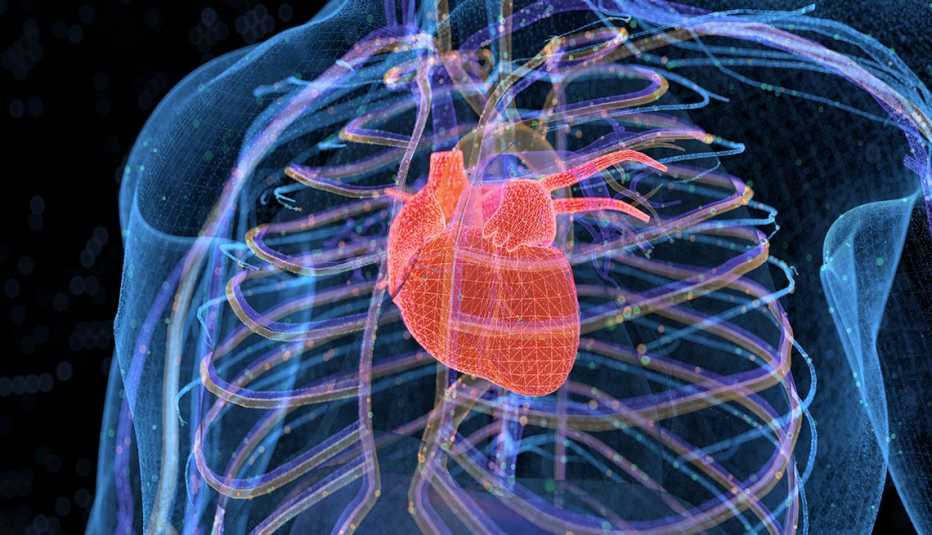Staying Fit
For some people who have varicose veins, the desire to get rid of them goes beyond cosmetics. The twisty, rope-like blood vessels bulging just beneath the skin’s surface can cause symptoms like pain, swelling and a feeling of heaviness that interfere with everyday activities. In rare cases, they can even raise the risk for serious health problems, such as leg ulcers and blood clots.


AARP Membership— $12 for your first year when you sign up for Automatic Renewal
Get instant access to members-only products and hundreds of discounts, a free second membership, and a subscription to AARP the Magazine.
“Many people get on just fine with varicose veins,” says Gray Lyons, M.D., assistant professor of vascular and interventional radiology at the Johns Hopkins School of Medicine. But if they start to impact your quality of life, he says, “you should discuss this with a physician.”
That’s because there are several options when it comes to treating varicose veins — a condition that affects around one-third of adults. Simple lifestyle changes might be able to help relieve the discomfort, and if they don’t, your doctor may recommend one of a few medical procedures.
What are varicose veins?
Varicose veins occur when a vein’s valves weaken. (The purpose of these valves is to move blood from the body back to the heart.)
At the beginning of what’s known as the great saphenous vein — the longest vein in the body — “there is a valve that works like a door,” says Windsor Ting, M.D., a vein specialist at Mount Sinai Hospital and a professor of surgery at the Icahn School of Medicine at Mount Sinai Health System. In varicose veins, which appear most commonly in the lower legs, this door doesn’t close completely, Ting explains. “So when someone with varicose veins stands, the blood flows backwards into the saphenous vein,” he adds.
Over time, the vein gets larger, and all the pressure from the pooled blood can cause it to twist.
Varicose veins tend to be more common in women, especially women who have been pregnant, due to a hormone that “allows the body to stretch to accommodate the pregnancy,” Lyons says. “This natural hormone has the side effect of weakening the valves in the leg veins, which predisposes you to developing varicose veins in the future.”
Excess weight, family history, and prolonged sitting or standing can also increase a person’s risk for developing varicose veins. So can age.



































































